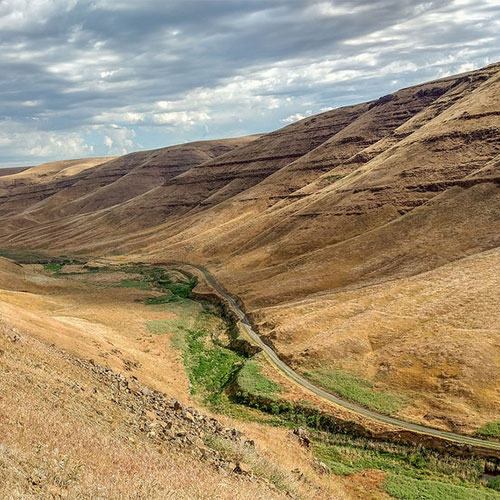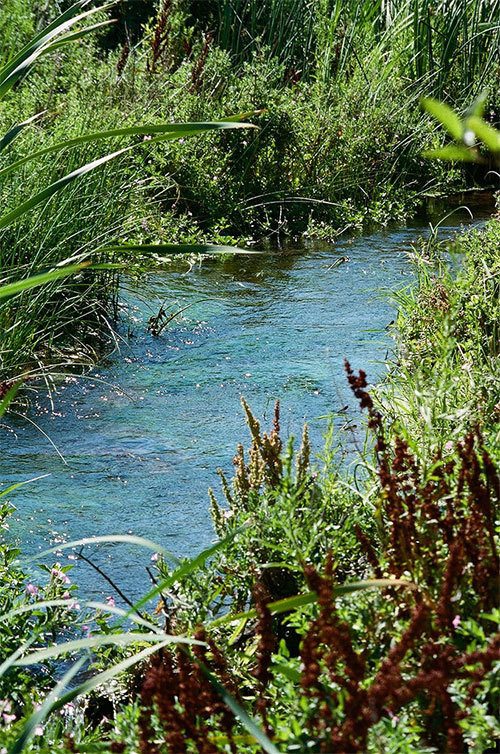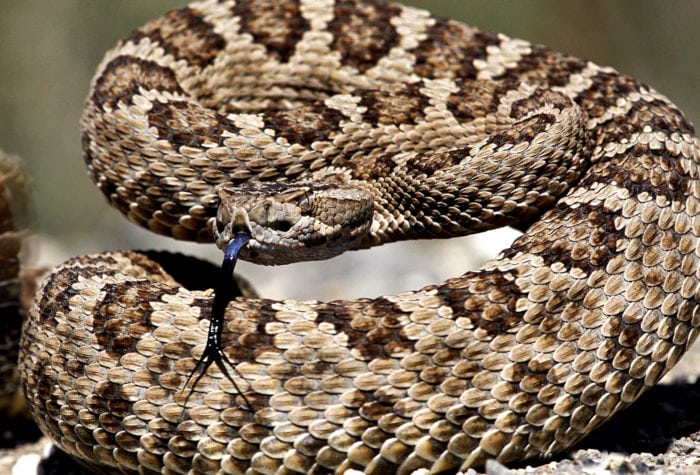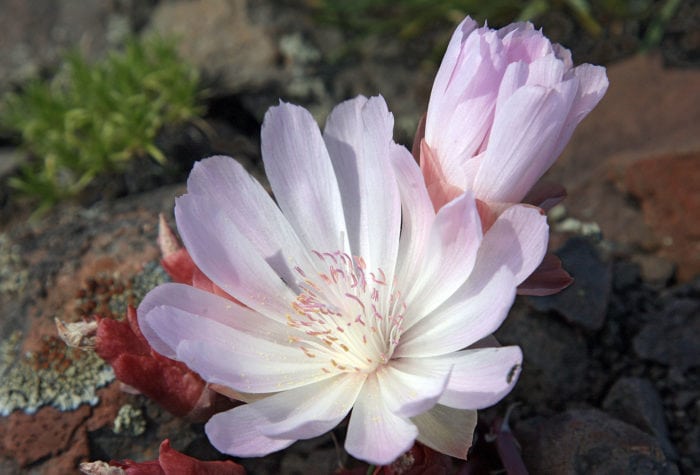Cottonwood Canyon State Park
Mark Molner
Goal
Recovering the plant community along Hay Creek to the point where it can sustain beaver colonies and beaver can finish the restoration work for us.
Timeline
Project Start Year: 2018
Anticipated Completion: 2021

About this place
Cottonwood Canyon is Oregon’s second largest state park. Its large size and location on the lower John Day River allow it to contain diverse wildlife habitat for everything from California bighorn sheep to salmon. Its relative proximity to Portland allows many west-siders to access the high desert with relative ease. The park encompasses not only rugged canyon terrain along the John Day itself, but extensive tributary canyons an uplands extending into the landscape to the west and east. Hay Creek is one of these canyons at the northern extent of the park. ONDA’s restoration efforts are focused along three miles of spring-fed, creek containing essential salmonid habitat. Hay Creek was already so highly degraded by the turn of the last century that surveyors from the Government Land Office remarked about it in their notes. Today, further degraded by floods and a history of heavy use, Hay Creek is essentially devoid of riparian habitat and lies in a straightened channel, eroded up to 20 feet below its surrounding floodplain.

Our efforts
ONDA has been funded by Oregon State Parks to implement a four-year project that will reestablish self-sustaining habitat for beaver along three miles of Hay Creek. By reestablishing beaver habitat, and allowing beaver to return, the natural processes that sustain hundreds of other species can be maintained.
This goal will be achieved by using three approaches:
1) Any riparian hardwoods emerging due to the exclusion of grazing from the valley will be temporarily protected from beaver and deer browse to allow them to better establish, grow and spread.
2) Up to 38 beaver dam analogues (BDAs) will be constructed along the length of the creek to help raise the water table. A higher water table will increase the area suitable for additional riparian plants to establish in the otherwise arid landscape. A higher water table also helps protect the roots of plants from the frequent wild-fires in the area allowing for faster recovery by preventing mortality, as well as maintaining vegetative protection against the erosion so common after fires.
3) Active planting of native species missing from the community.

Project history
ONDA has been involved with work on Hay Creek since before Cottonwood Canyon was a state park, with initial projects involving some riparian plantings and the mapping and removal of obsolete fencing. After a year of planning and additional fund-raising, large-scale restoration implementation was able to begin on Hay Creek in 2018. During that summer, volunteers constructed nearly 100 exclosure fences to protect as many of the existing hardwood trees as possible. BDA construction will take place in 2019 and 2020, with planting beginning in fall 2019 and running through 2021.
In 2019 ONDA volunteers installed 16 beaver dam analogues (BDAs) containing more than 400 posts. By the fall, these BDAs had created enough moistened soil on the stream-banks to allow for the planting of 2,500 potted native plants, protected by several dozen exclosures and protected from weeds by cardboard weed matting.

